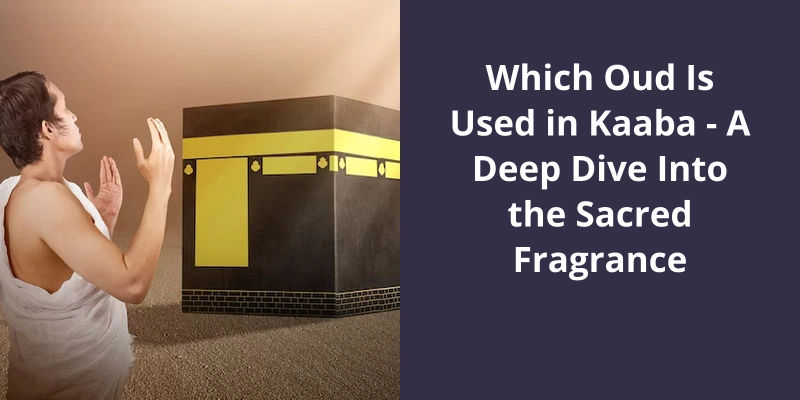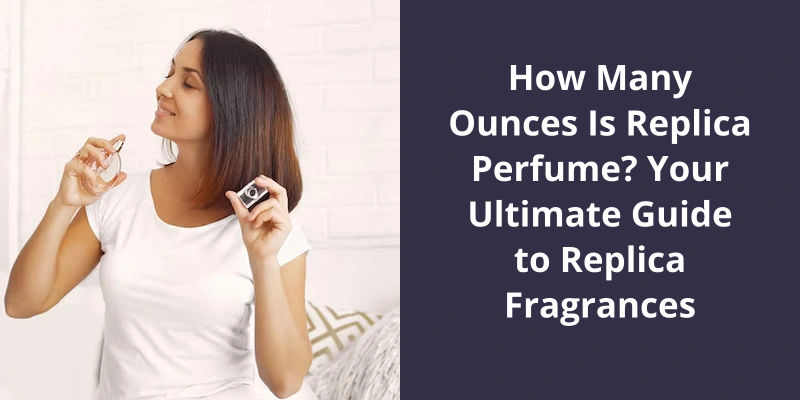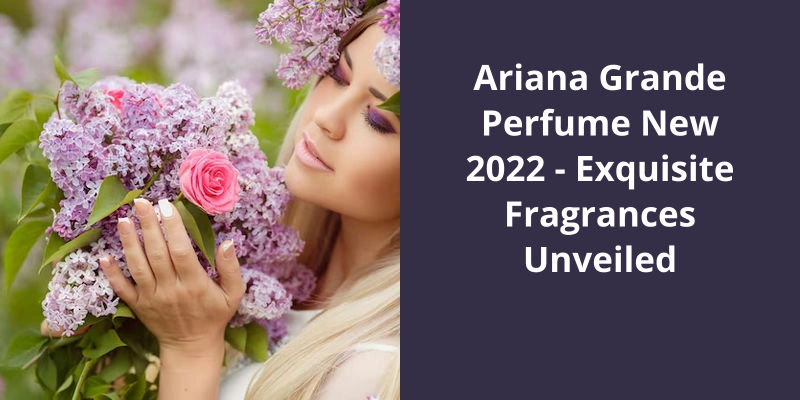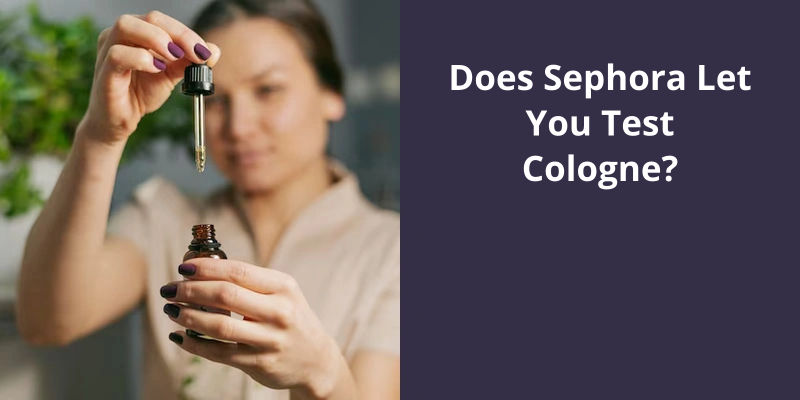The Kaaba in Mecca, Saudi Arabia is considered one of the most sacred sites for Muslims around the world. Every year, more than a million Muslims from different parts of the globe visit this holy site, where they perform their religious activities with great devotion and reverence. One of the most fascinating aspects of the Kaaba is the use of specific types of Oud perfume that are extracted and applied every day on the Black Stone, Multazam, and Yemani corner. The Oud used in Kaaba is known for it’s distinct fragrance and quality, and it symbolizes the purity of devotion and faith that Muslims have towards this holy site.

What Is the Oud of the Kaaba?
The oud of the Kaaba is a perfume that’s steeped in tradition and history. Every year, millions of Muslims travel to the Kaaba, the most sacred site in Islam, to perform the hajj pilgrimage. During this time, the air is filled with the scent of Oud Al Kaaba, which is believed to have been made using the same recipe for centuries. This fragrance has become an important symbol of the hajj, evoking feelings of reverence, spirituality, and nostalgia for those who’ve experienced it.
Ingredients like amber, saffron, and musk are used to create a scent that’s both earthy and deeply spiritual. The process of making the perfume is long and complex, involving several rounds of distillation and aging. But the end result is a scent that’s both potent and long-lasting, capable of lasting for days on end.
One of the key reasons why Oud Al Kaaba is so revered is it’s association with the Kaaba itself. This sacred structure is believed to have been built by the Prophet Ibrahim and his son Ismail, and is viewed as the holiest site in Islam.
Today, it’s sought after by perfume enthusiasts worldwide, who appreciate it’s rich history, spiritual connotations, and unmatched quality. A symbol of faith, tradition, and spiritual connection, it’s a perfume like no other.
The History and Significance of the Kaaba in Islam.
- The Kaaba is a cuboid-shaped building located in the center of the Great Mosque of Mecca in Saudi Arabia.
- It’s considered to be the most sacred site in Islam, and Muslims around the world face towards it during their daily prayers.
- The history of the Kaaba can be traced back to the pre-Islamic era, when it was a site of pagan worship.
- According to Islamic tradition, the Kaaba was built by the prophet Ibrahim (Abraham) and his son Ismail (Ishmael) under the guidance of Allah.
- The Kaaba has been the site of many historical events, including the birth and early life of the Prophet Muhammad, and the conquest of Mecca by the Muslims in 630 CE.
- Today, millions of Muslims from all over the world visit the Kaaba each year during the annual Hajj pilgrimage.
- The Kaaba represents the unity of the Muslim ummah (community), as believers from all corners of the globe come together in worship at this sacred site.
- Despite it’s significance, the Kaaba itself is a humble structure, made of simple stone and cloth.
The use of Oud perfume has been prevalent in the Middle East for centuries. It’s luxurious scent has been synonymous with the region’s culture and tradition. Specifically, In the Grand Holy Mosque of Makkah, only the finest types of Oud are used to produce the desired aroma. Among the top agarwood Oud includes Sioufi, Kalamantan, and Mrouki, which are also applied on the grand mosque’s yard, providing a pleasant fragrance for visitors.
Which Oud Is Used in Makkah?
The Grand Holy Mosque of Makkah isn’t only a place of worship for Muslims worldwide, but also a cultural hub that boasts some of the finest types of Oud perfume. Oud, also known as agarwood, has been an important aspect of Arabian culture for centuries and is used in a variety of perfumes and incense.
One of the most popular types of Oud used in Makkah is the top-grade agarwood. These high-quality pieces of Oud are extracted from the heart of the agarwood tree and can be quite expensive due to their rarity and excellent fragrance. In fact, the top-grade agarwood is so exclusive that it’s often only reserved for royalty and high-ranking officials.
Kalamantan is another type of Oud frequently used in the Grand Holy Mosque. It’s extracted from the forests of Borneo and is one of the most expensive types of Oud in the world. Kalamantan has a rich and complex aroma, with hints of vanilla, chocolate, and tobacco. Due to it’s high cost and rarity, Kalamantan is often reserved for special occasions and only used by the wealthy and influential.
Mrouki Oud is another highly sought-after fragrance that’s extracted from the resin of the agarwood tree. This type of Oud is known for it’s deep, woody scent with a hint of spice. It’s particularly popular during the holy month of Ramadan when Muslims from around the world flock to Makkah to perform their religious pilgrimage.
The mosque attracts millions of visitors each year, making it essential to maintain a pleasant environment. The fragrance of the Oud helps create a peaceful and calming atmosphere, making it a popular choice in religious institutions and homes.
The History and Cultural Significance of Oud in Arabia: This Could Explore the Use of Oud in Traditional Arabian Perfumery, It’s Role in Religious and Cultural Ceremonies, and How It Has Evolved Over Time.
- The use of Oud in traditional Arabian perfumery
- Role of Oud in religious and cultural ceremonies
- Evolution of Oud over time
Source: Finest types of Oud perfume the Grand Holy Mosque of …
Conclusion
The daily application of 20 tolas of extracted oud on the holy site reflects the sacredness and importance of the Kaaba in Islamic culture. It’s a testament to the power of fragrance in enhancing our connection to spirituality and the divine.





